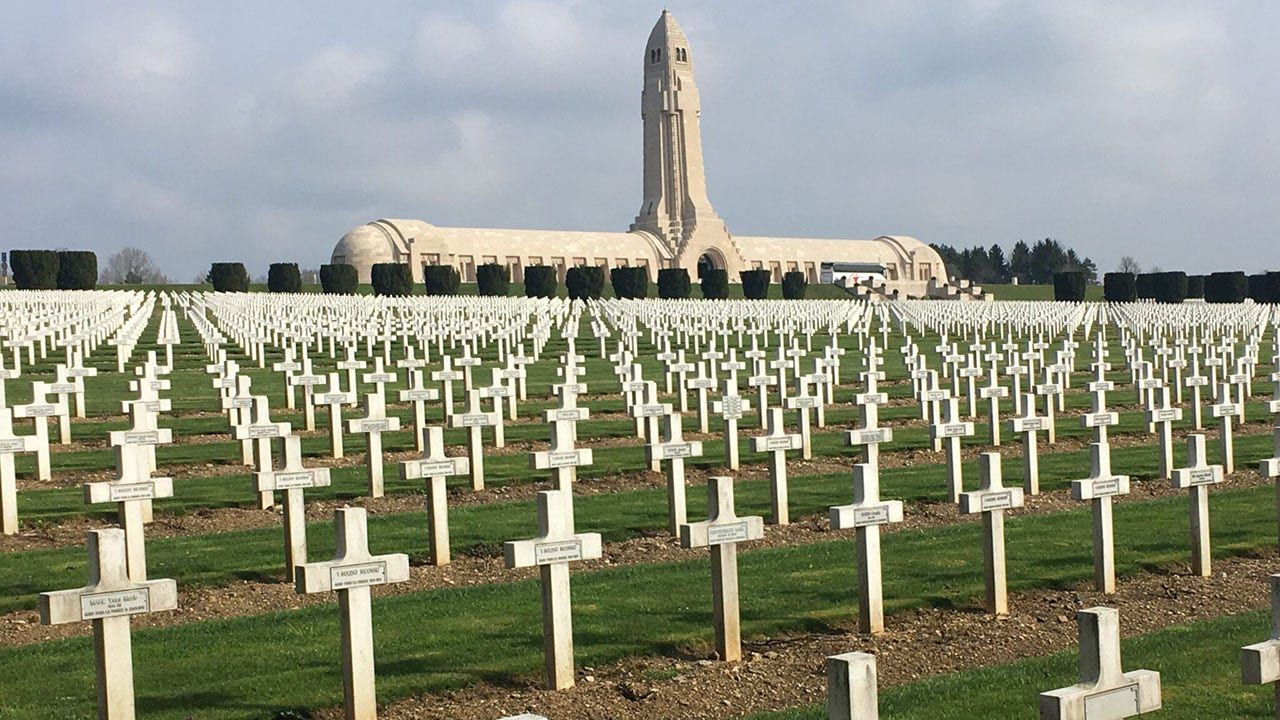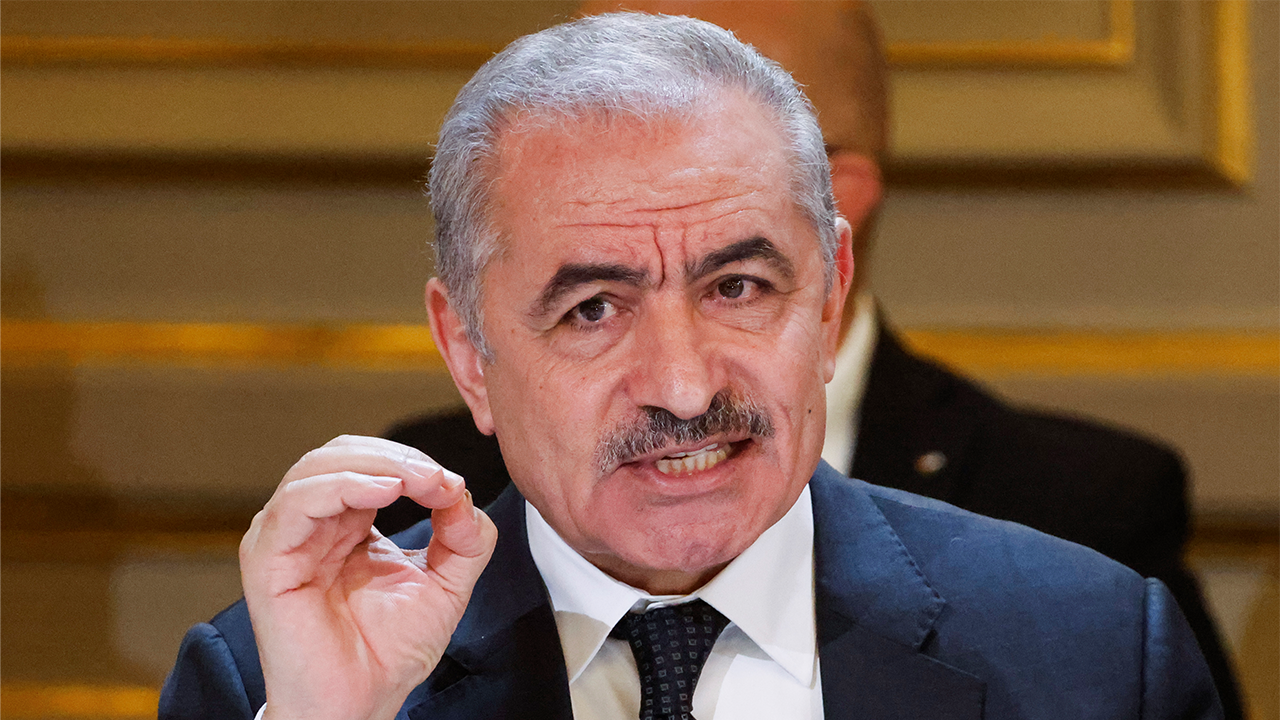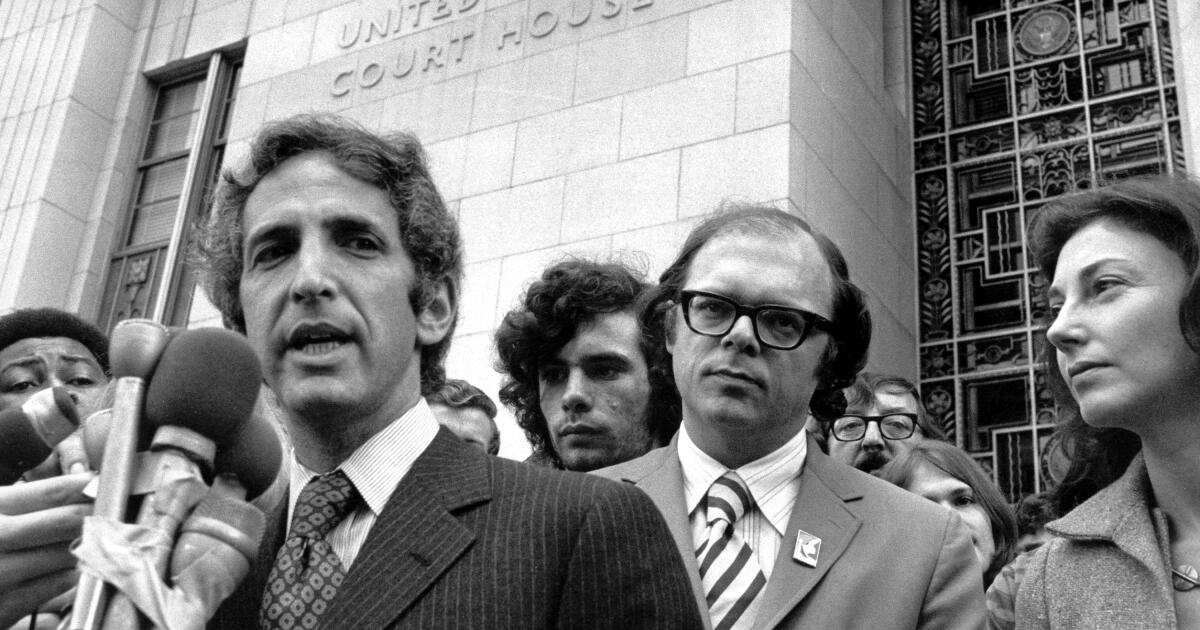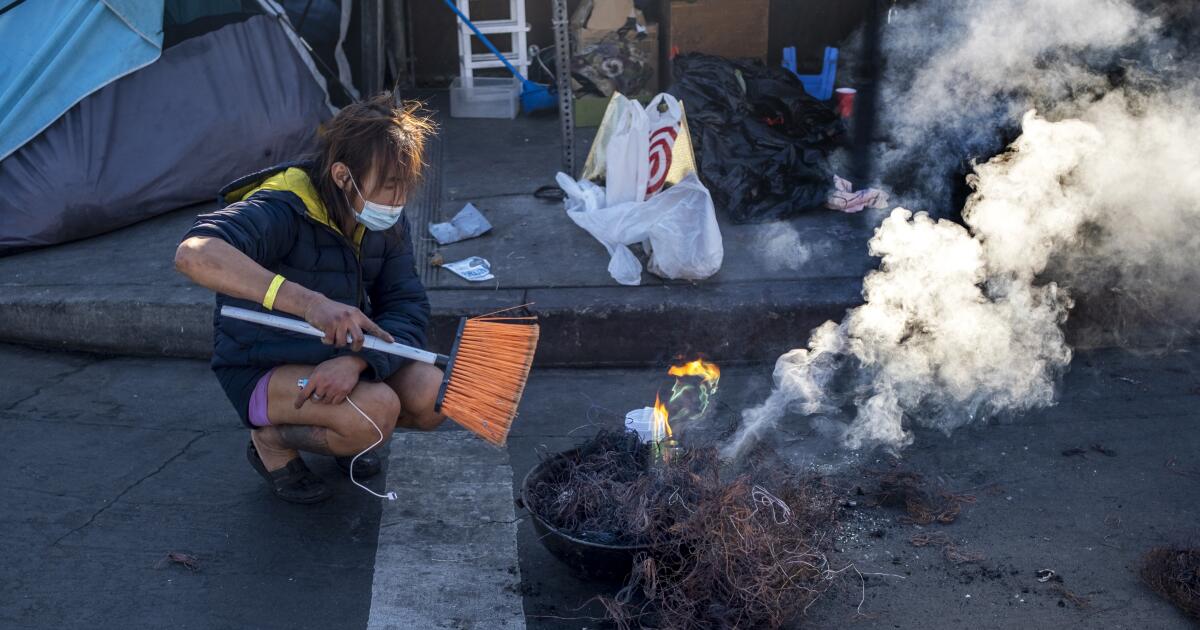The Battle of Verdun, a massive German attack on northeastern France intended to gain a decisive final victory on the Western Front in World War I, began on this day in history, February 21, 1916.
The French people remember it today as a heroic patriotic defense of the homeland just 150 miles east of Paris.
“On ne passe pas” are the words of Verdun etched into French national pride.
ON THIS DAY IN HISTORY, FEBRUARY 20, 1962, JOHN GLENN BECOMES THE FIRST AMERICAN TO ORBITS THE EARTH
None will pass.
Verdun is remembered by scholars as the longest battle in modern military history and for the incredible extent of human carnage.
The Douaumont Ossuary in Verdun, France, is a huge, haunting shrine housing the remains of French and German soldiers, surrounded by a huge, largely treeless cemetery of the war dead. (Kerry J. Byrne/Fox News Digital)
Nearly 700,000 men were killed or wounded on both sides during 302 days of combat, a staggering average of about 2,300 casualties each day for almost a year.
It was fought at the same time as the British-led Battle of the Somme, north of Paris, and would ultimately create the stalemate on the Western Front that led to the United States' entry into World War I in 1917.
The objective of the attack on Verdun was to “bleed France”, proclaimed the chief of staff of the German army, Erich Von Falkenhayn.
“French national morale would not survive the loss of the city.” — Imperial War Museum
I almost did it.
The battle began at 4 a.m. “with a massive artillery bombardment and a steady advance by troops of the German Fifth Army under Crown Prince Wilhelm. Five days after the battle, German forces captured Fort Douaumont, the largest and highest of the 19 forts that protect Verdun”. writes the Imperial War Museum in London.
“French military leaders declared that Verdun could not be held if the east bank of the Meuse was lost and that French national morale would not survive the loss of the city.”
MEET THE AMERICAN WHO HONORS THE MEMORY OF 200,000 FALLEN WAR HEROES
General Philippe Pétain was given command of the French forces after the tragic losses of the first days of the battle. He would mount a heroic defense.
“Marshal Philippe Pétain, then general and in command at Verdun, organized a system that was nicknamed 'noria' (or waterwheel) under which divisions of the entire French army were rotated,” the BBC wrote about the conflict in 2016. .
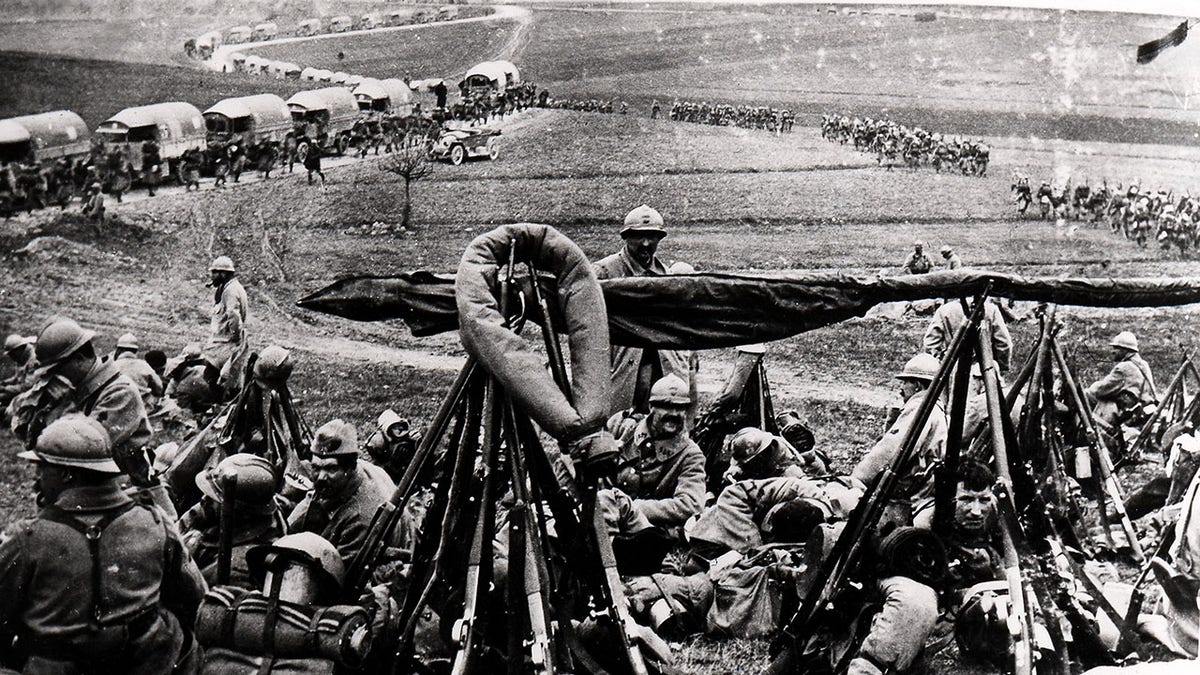
The Sacred Way, Verdun, 1916, France, during the First World War. (Photo12/Universal Images Group via Getty Images)
“It meant that a large number of French soldiers fought at different times in Verdun. Later, this was a crucial factor in concentrating national memory.”
The French press turned Verdun into “a sacred cause,” the BBC added.
“Any surrender was unthinkable.”
French convoys supplied the armies on the front via a single road under constant German bombardment.
MEET THE AMERICAN WHO INSPIRED THE NATION IN TWO WORLD WARS: CHRISTIAN SOLDIER SGT. ALVIN YORK
The road is still marked today as Voie Sacree (the Sacred Way).
The battle continues to haunt Verdun, more than a century after the last soldier fell in battle.
A morbid cemetery sits on a hill next to a haunting monument, the Douaumont Ossuary, with thousands of gray crosses, many with the words “un soldat inconnu” (an unknown soldier).
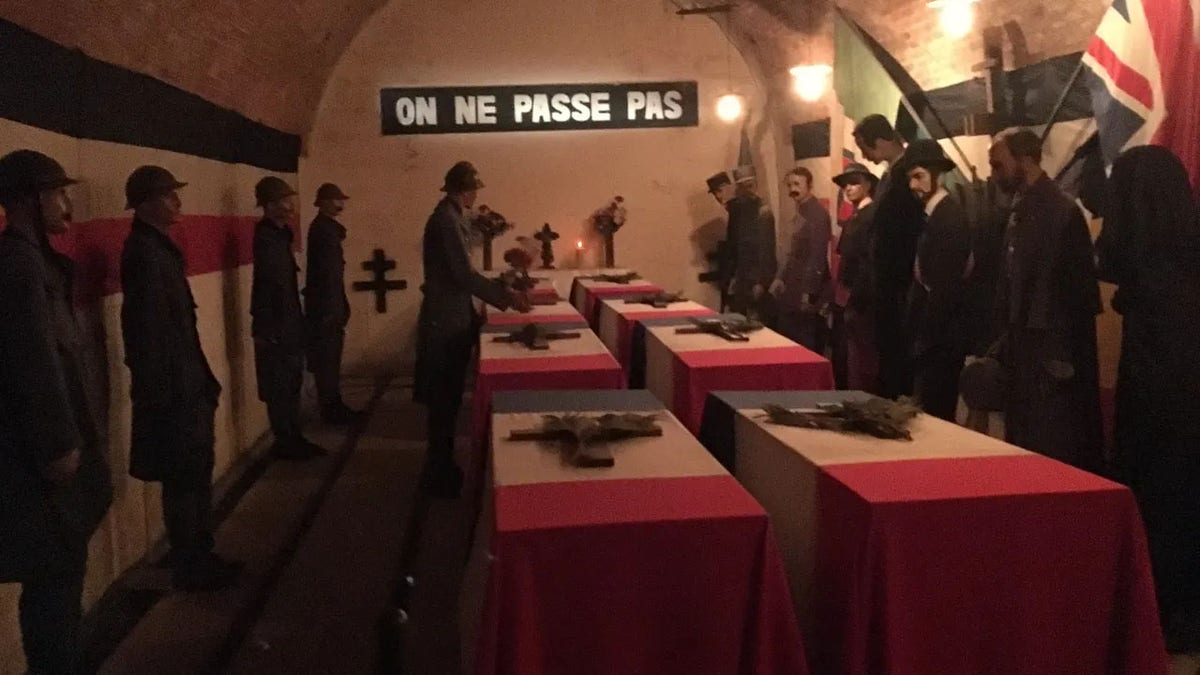
The French army commanded its defense of Verdun from a narrow hillside bunker called the Citadel. Today it is a museum that shows the horrible conditions of the battle of World War I, one of the deadliest in history. (Kerry J. Byrne/Fox News Digital)
The desolation of the structure reflects the sad zeitgeist of the “lost generation” of the World War I era.
It is in stark contrast to the pristine cemeteries of heroic white marble headstones found in American military cemeteries in France and elsewhere around the world.
Shallow ditches, remnants of the trenches in which soldiers lived and died in filth and squalor, cut through the forests and hills surrounding the city.
It's as if the city is still in mourning.
Monuments to national war heroes and ordinary men who died in defense of Verdun line the roads in and around the city.
The center of Verdun, straddling a gentle stretch of the Meuse River, remains unusually gloomy even today. It's as if the city is still in mourning.
CLICK HERE TO SUBSCRIBE TO OUR LIFESTYLE NEWSLETTER
The most notable landmark of the city center is the Citadel, a bunker dug into the hills where military leaders carried out the defense of Verdun.
It is an underground fortress that served as the headquarters of the French effort.
Visitors tour the citadel through a small carriage that passes recreated scenes from 1916: a damp, dark, ugly, narrow and cold space full of soldiers, frightened civilians, the dead and dying.
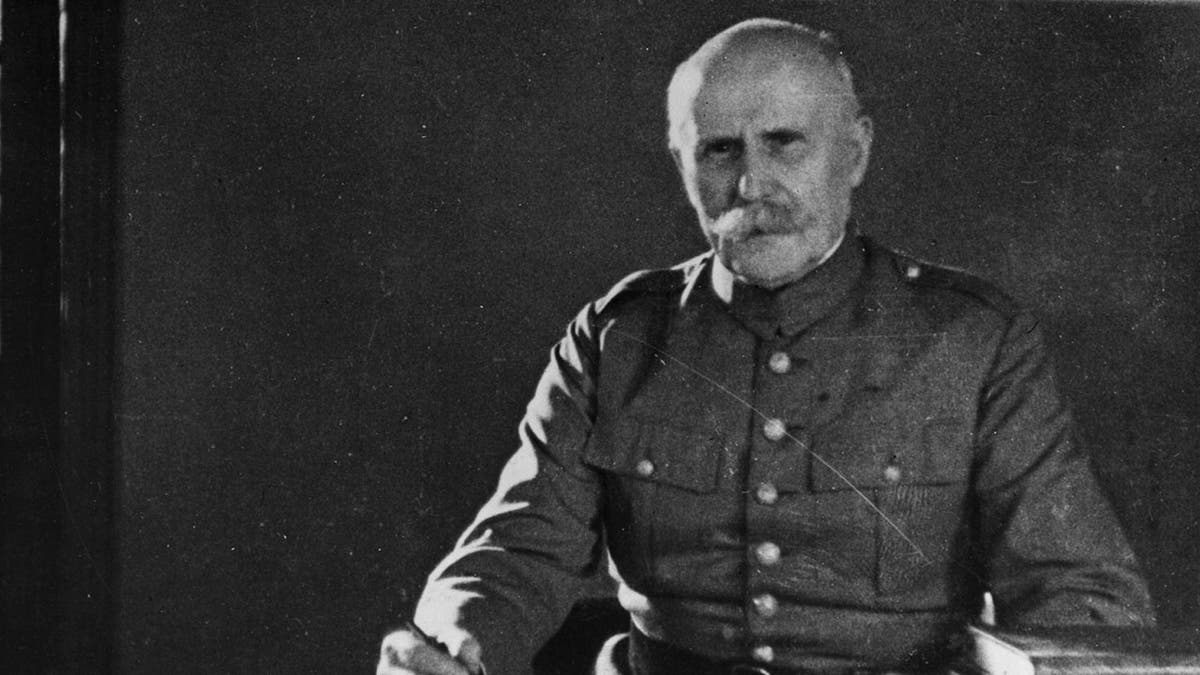
The Lion of Verdun. The French soldier and politician Henri Philippe Pétain (1856-1951) recreated his role in the 1916-17 campaigns for the film “Verdun: A Memory.” Photo around 1935. (Hulton Archive/Getty Images)
It reeked of death and human waste, according to contemporary accounts. But she remains a symbol of French survival and patriotism.
Marshal Pétain became a national hero for his determined leadership in protecting the homeland.
I would die as a traitor. He led France's Nazi collaborationist government in Vichy during World War II.
CLICK HERE TO GET THE FOX NEWS APP
The Lion of Verdun was tried and convicted of treason after World War II.
His death sentence was commuted, in part because of the legacy he forged in the defense of France 30 years earlier.
He was “successively banal, then glorious, then deplorable, but never mediocre,” general and prime minister Charles de Gaulle later said of Pétain.
For more lifestyle articles, visit www.foxnews.com/lifestyle.

